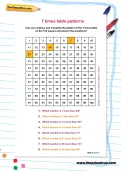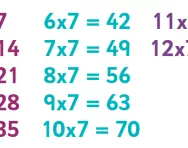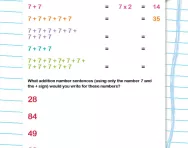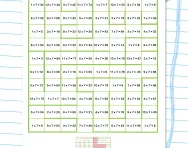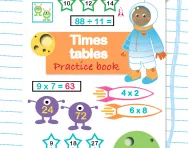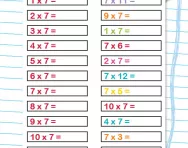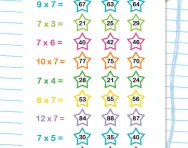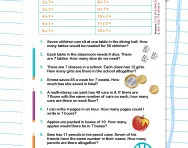Important update from TheSchoolRun
For the past 13 years, TheSchoolRun has been run by a small team of mums working from home, dedicated to providing quality educational resources to primary school parents. Unfortunately, rising supplier costs and falling revenue have made it impossible for us to continue operating, and we’ve had to make the difficult decision to close. The good news: We’ve arranged for another educational provider to take over many of our resources. These will be hosted on a new portal, where the content will be updated and expanded to support your child’s learning.
What this means for subscribers:
- Your subscription is still active, and for now, you can keep using the website as normal — just log in with your usual details to access all our articles and resources*.
- In a few months, all resources will move to the new portal. You’ll continue to have access there until your subscription ends. We’ll send you full details nearer the time.
- As a thank you for your support, we’ll also be sending you 16 primary school eBooks (worth £108.84) to download and keep.
A few changes to be aware of:
- The Learning Journey weekly email has ended, but your child’s plan will still be updated on your dashboard each Monday. Just log in to see the recommended worksheets.
- The 11+ weekly emails have now ended. We sent you all the remaining emails in the series at the end of March — please check your inbox (and spam folder) if you haven’t seen them. You can also follow the full programme here: 11+ Learning Journey.
If you have any questions, please contact us at [email protected]. Thank you for being part of our journey it’s been a privilege to support your family’s learning.
*If you need to reset your password, it will still work as usual. Please check your spam folder if the reset email doesn’t appear in your inbox.
7 times table patterns
What is the 7 times table?
The 7 times table is a multiplication table where each number is multiplied by 7.
It goes like this:
1 x 7 = 7
2 x 7 = 14
3 x 7 = 21
4 x 7 = 28
5 x 7 = 35
6 x 7 = 42
7 x 7 = 49
8 x 7 = 56
9 x 7 = 63
10 x 7 = 70
And so on.
Is there a pattern to the 7 times table?
In the 7 times table, you'll find a few interesting patterns that can help your child understand and remember multiplication more easily:
Increasing by 7
Each time you move to the next number in the table, you're simply adding 7 to the previous one.
Digit patterns
If you look closely at the units digits of the multiples, they follow a predictable cycle. It goes like this: 7, 4, 1, 8, 5, 2, 9, 6, 3, 0, and then it repeats. For example, in 7, 14, 21, 28, 35, 42, 49, 56, 63, 70, the units digits are 7, 4, 1, 8, 5, 2, 9, 6, 3, 0, respectively.
Alternating odd and even
If you pay attention to the units digits, you'll notice they switch between odd and even numbers as you go through the table.
Related to other tables
There are some neat connections between the 7 times table and other multiplication tables. For instance, multiplying any number by 7 is equivalent to doubling that number and then adding the original number. So, 7 times 6 is like doubling 6 (which is 12) and then adding 6, which equals 18.
These patterns can make learning multiplication facts more engaging and easier to grasp!
How will this 7 times table patterns worksheet help your child?
This worksheet was created by an experienced educator with the aim of challenging your child in a way that helps embed the 7 times tables, not just by memory, but by understanding the way the multiplication table works. It does this with a visual table that your child will need to complete, and questions that will require your child to think a little deeper about numbers and the way they work.
For more help with times tables, see our hub page, or try a new challenge such as our 7 times table quick quiz.
